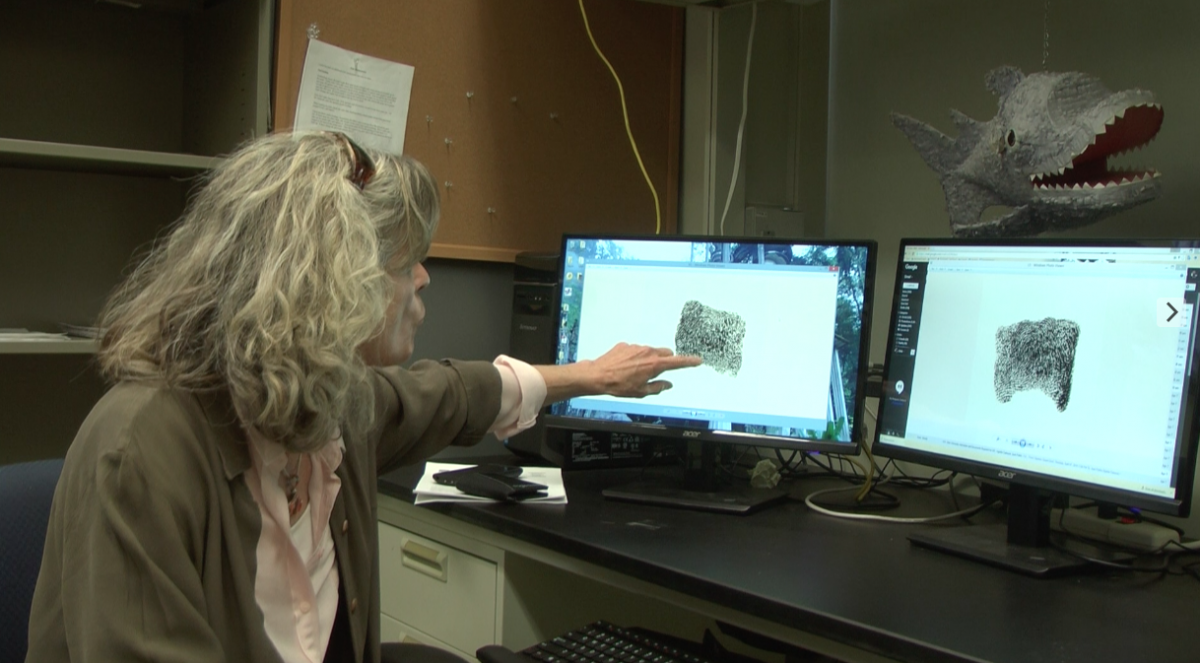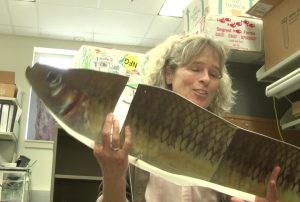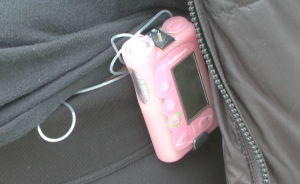Uncategorized

Ohio University Researcher Reads the Fine Print of Diabetes
By: David Michael
Posted on:

Fingerprints may become the new standard for indicating one’s risk of diabetes.
A team directed by Molly Morris, a professor in Ohio University’s Department of Biological Sciences, has discovered a correlation between the symmetry of fingerprints on the pinky finger and the risk of diabetes. The discovery grew out of a study of the symmetry of fish scales.
The researchers analyzed the fingerprints of 350 volunteers in a process called wavelet analysis, similar to how crime labs test fingerprint evidence. They analyzed the fifth finger on each hand for similarities. Those with asymmetrical, or dissimilar fingerprints, were shown to have a higher risk for both type 1 and type 2 diabetes.
“If this correlation that we’re finding turns out to be really strong, you can tell someone the minute they’re born; you can fingerprint them; you can tell this person has a high or low propensity to develop diabetes,” Morris said.
More than 29 million people in the United States have diabetes, according to a report from the Centers for Disease Control and Prevention. One in four people with diabetes are unaware of having the disease.
Grayson Willson, a junior at Ohio University, was shocked when she was diagnosed with type 1 diabetes at the age of 13. There was no history of the genetic-mutation caused diabetes in her family. In theory, the fingerprint technology would have been able to predict her risk of diabetes even earlier.

“We were going at it blind – no idea what it was, no idea what to do,” Willson said. “Had we had this technology when I was younger or when I was diagnosed immediately, maybe we could’ve known more about the disease beforehand.”
According to the American Diabetes Association, certain genomes have already been associated with diabetes. However, genomics reveal limited information and aren’t recognizable until they become active. At that point, it may be too late to prevent the disease.
“They actually know now that there’s this thing called metabolic memory,” Morris said. “Where even if after you find that out, completely clean up your life, start exercising, bring your weight down and everything, you’re still going to have more problems than anyone who ever got to that point.”
The goal of the fingerprint technology is to predict metabolic problems before becoming symptomatic. The earlier someone knows, the sooner they can adjust their lifestyle. The American Diabetes Association says anyone can reduce their risk by losing weight and exercising moderately.
Molly Lowery, an OU Student who was diagnosed with type 1 diabetes at 12, believes an early awareness of diabetic risk could push the public to a healthier lifestyle.
“I think a lot of people hear about diabetes a lot in the news, and how obesity and diabetes, type 2, is on the rise in America,” Lowery said. “But a lot of people just kind of ignore the signs and symptoms that they have it.”
Morris plans to travel to Vallejo, California in January where she will join her research partner, Jay Shubrook, to examine a more diverse group of patients. Morris said the two hope to develop an app that would allow users to test their own fingerprints for a predisposition to diabetes.

